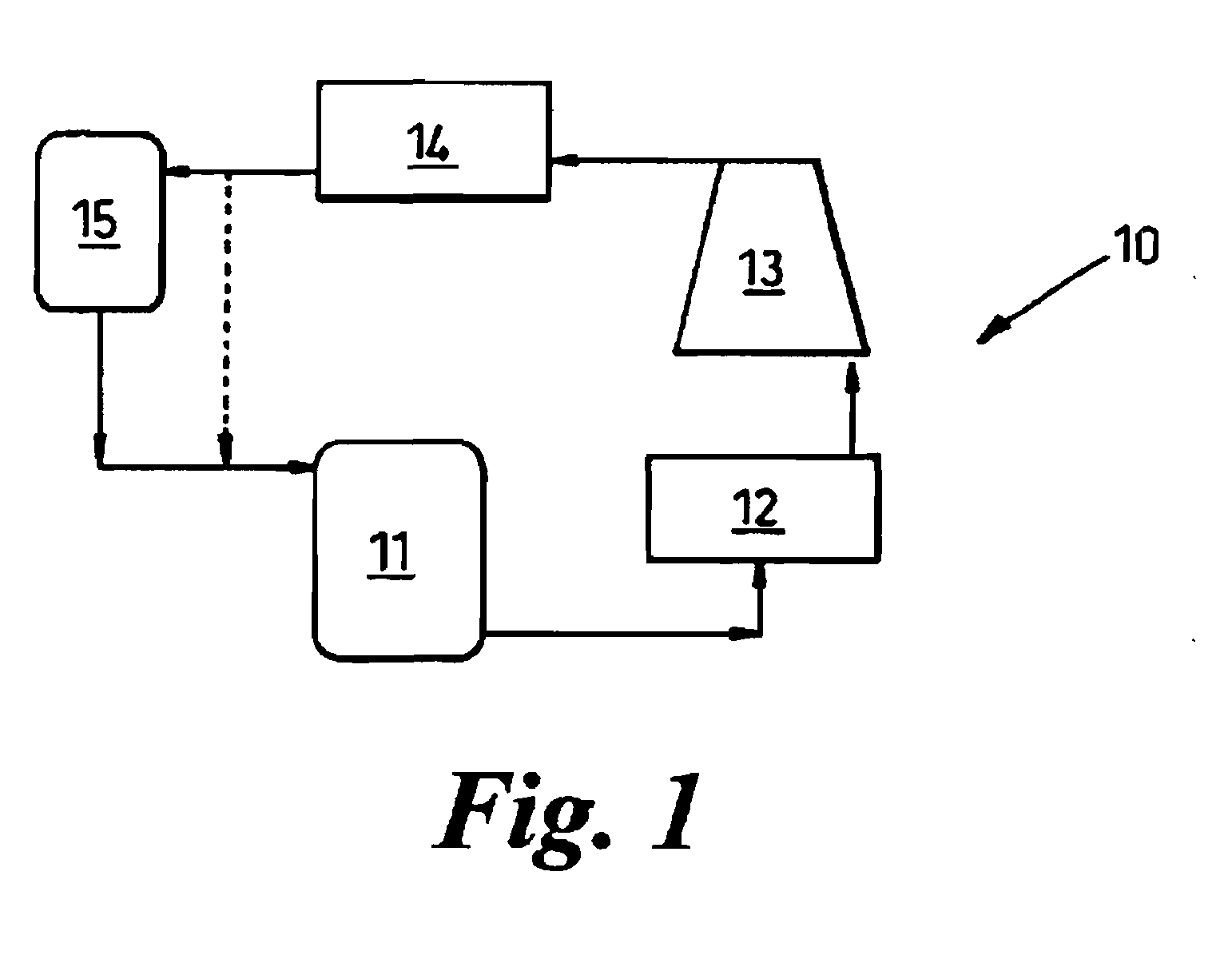Compositions and methods for dissolving oils
a technology of compositions and oils, applied in solvent extraction, separation processes, food preparation, etc., can solve the problems that hcfos has limited applicability for such purposes, and achieve the effect of low global warming potential and low ozone deletion potential
- Summary
- Abstract
- Description
- Claims
- Application Information
AI Technical Summary
Benefits of technology
Problems solved by technology
Method used
Image
Examples
example 1
[0039]Approximately 2 grams of trans-HCFO-1233zd was added to a sealed vial that was fitted with a rubber septa. Jasmone was added drop wise to the vial at room temperature. The jasmone immediately dissolved into the trans-HCFO-1233zd. Up to 2 grams of jasmone was added to the vial so that the final concentration was 50:50 wt jasmone: trans-HCFO-1233zd, and there was only a single phase. This example illustrates the ability of trans-HCFO-1233zd to be used as a solvent for essential oils used in flavor and fragrances.
example 2
[0040]This example demonstrates that essential oils and / or vegetable oils can be extracted using trans-HCFO-1233zd. trans-HCFO-1233zd (52 gr.) was combined with coconut meat (15 gr.). The mixture was then stirred at room temperature for 4 hours. The liquid was then removed from the mixture and transferred into a 100 ml graduated cylinder. The trans-HCFO-1233zd was allowed to evaporate by placing the graduated cylinder in a bath a 30° C. Once all of the trans-HCFO-1233zd had been removed, 2.36 gm of coconut oil remained.
example 6
[0044]The test procedure of example 5 and comparative example C is repeated except that a high-lipid content algae is used. The results will show that trans-HCFO-1233zd extracts at least 50 percent more oil from high-lipid content algae compared to HFO-1234ze.
PUM
 Login to View More
Login to View More Abstract
Description
Claims
Application Information
 Login to View More
Login to View More - R&D
- Intellectual Property
- Life Sciences
- Materials
- Tech Scout
- Unparalleled Data Quality
- Higher Quality Content
- 60% Fewer Hallucinations
Browse by: Latest US Patents, China's latest patents, Technical Efficacy Thesaurus, Application Domain, Technology Topic, Popular Technical Reports.
© 2025 PatSnap. All rights reserved.Legal|Privacy policy|Modern Slavery Act Transparency Statement|Sitemap|About US| Contact US: help@patsnap.com

